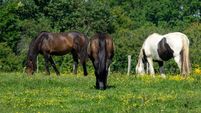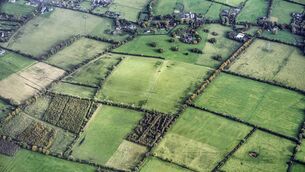Finishing cattle off grass quickly has many advantages
Beef finishers were encouraged by recent prices, and as a result, stores have been a good trade in marts countrywide, .
There has been some downward price pressure of late, but hopefully this will not continue.










